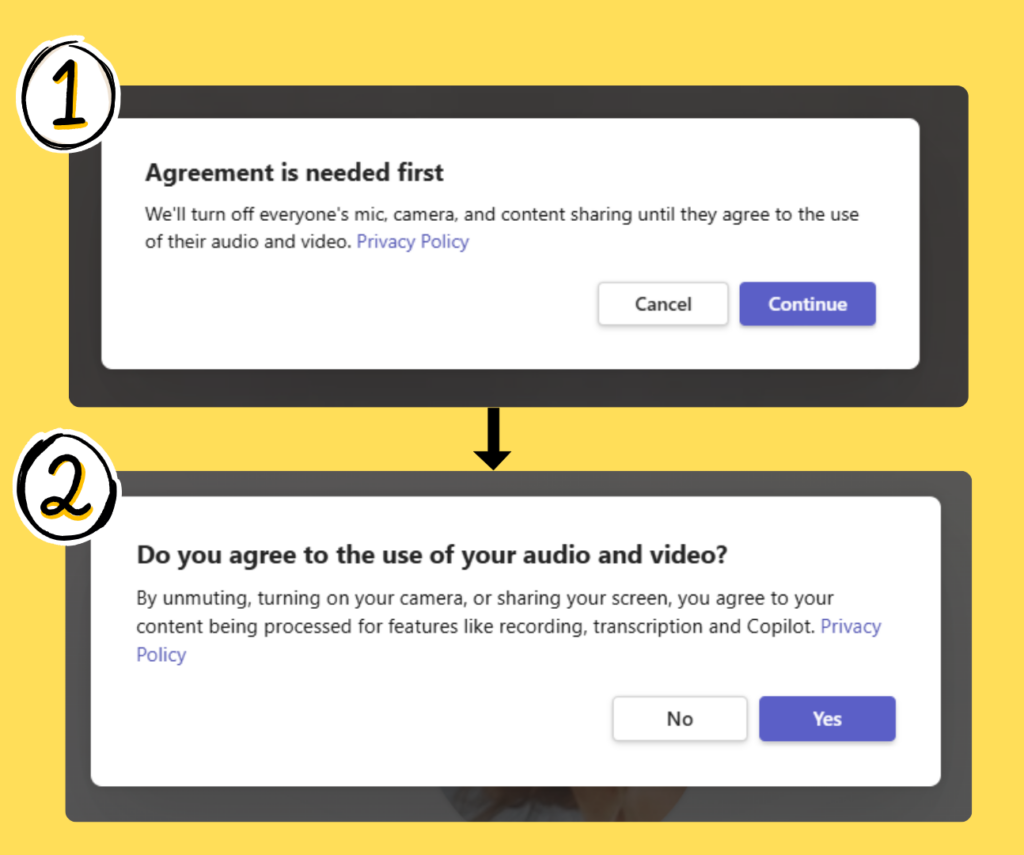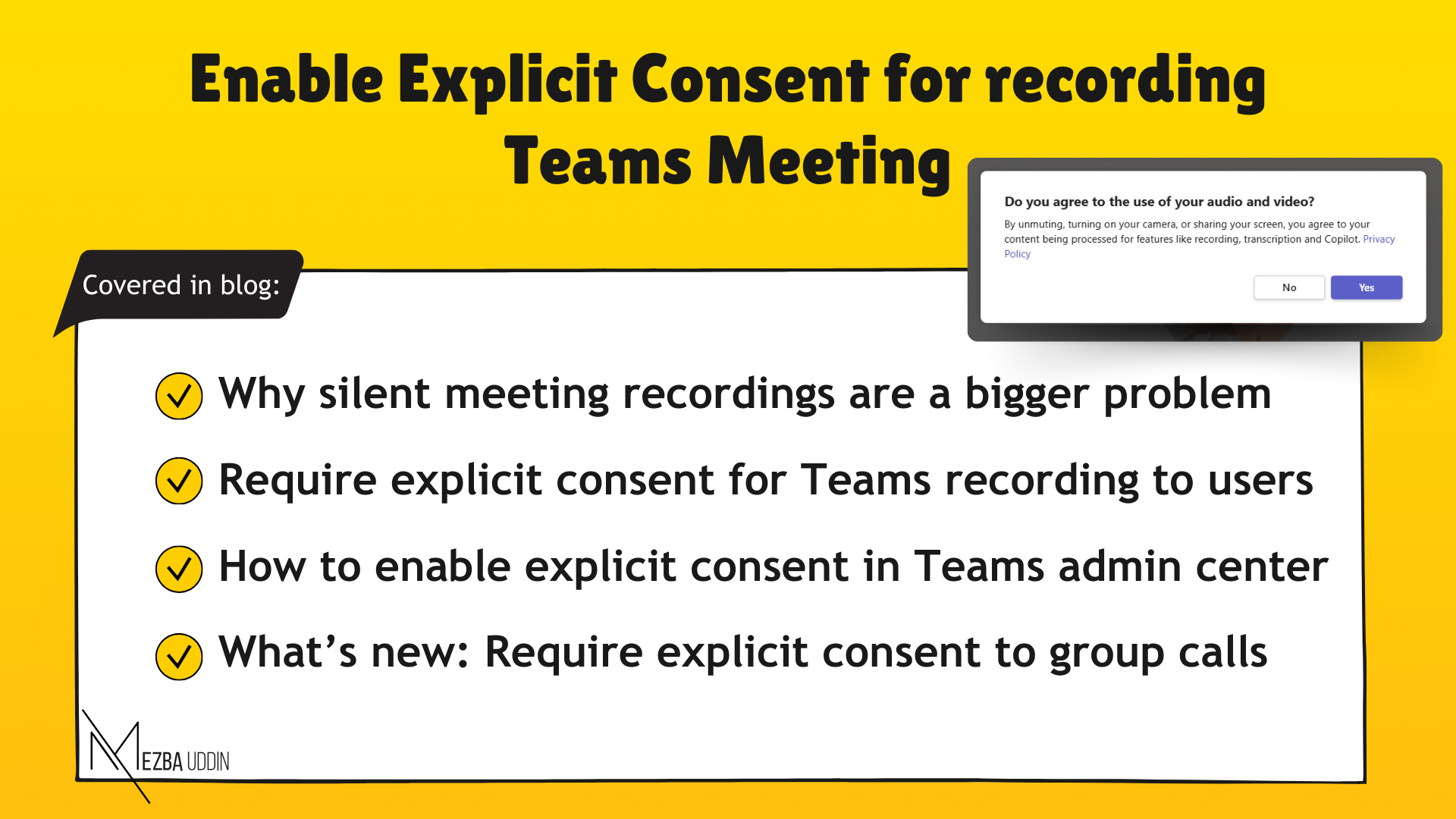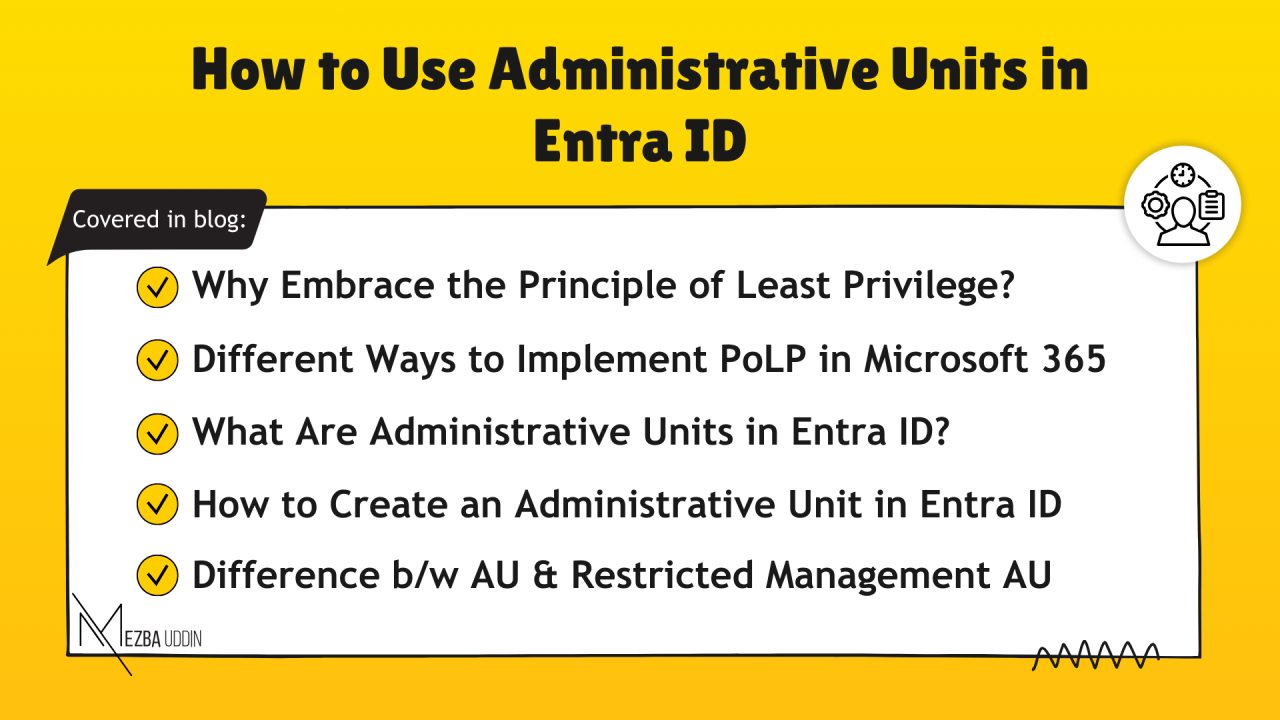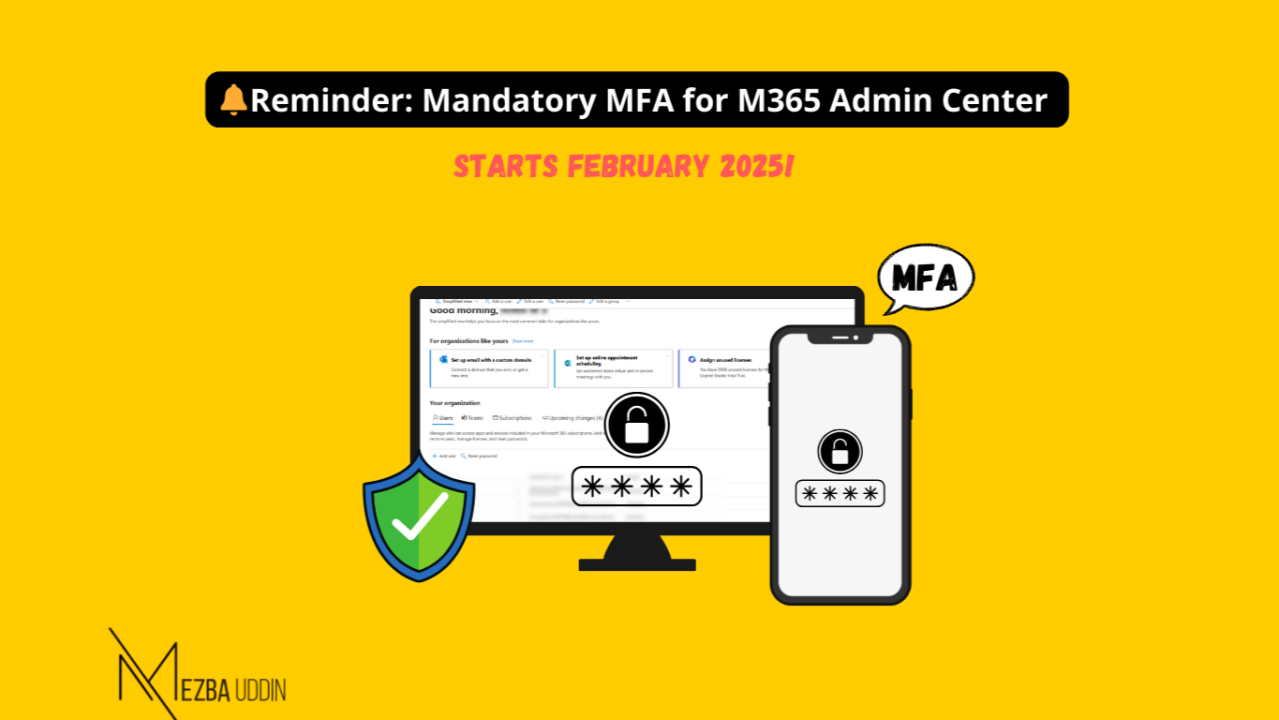One of the serious yet slightly slipped threats isn’t the one you expect—it’s the one you might not have noticed! Yes, participants silently recording a meeting is a critical concern you should address.
While technology keeps us connected, it also brings a serious responsibility! So, let’s dive into how to tackle this and how Microsoft Teams’ “Require Participant Agreement” feature for recordings can help! ✌️
Why Silent Recordings are a Bigger Problem Than You Think
You might share confidential information, brainstorm innovative ideas, or discuss sensitive business strategies believing you are in a secure virtual environment. But unbeknownst to you, someone is secretly recording everything! It’s not just about privacy violations; such recordings can:
- Lead to unauthorized sharing of sensitive data.
- Create compliance risks if regulatory rules aren’t followed.
- Cause reputational damage when context-less clips surface.
- Undermine trust in collaborative spaces.
With hybrid work and virtual meetings becoming the norm, securing what’s said and shared is more critical than ever! Some might think, “Let’s just disable recording,” but that’s not the way to go, fellah! The better option? Turn on explicit consent for recording Teams meetings.
Require Explicit Consent for Teams Recording to Users
Microsoft Teams understands this growing concern and here is a simple yet efficient configuration: Require Participant Agreement for Recording and Transcription.
This feature adds a much-needed layer of transparency and consent before a Teams meeting is recorded or transcribed. Here’s how it works:
- Before recording or transcription begins, all participants receive a prompt notifying them about the recording.
- Participants must agree to be recorded and transcribed before the recording starts. Until then, their audio, video, and content sharing are disabled.
- If someone declines, the recording doesn’t proceed! ⚠️
This simple yet powerful mechanism ensures everyone is aware and on board with mutual respect in virtual meetings.
How to Enable Explicit Consent for Recording in Teams Admin Center
You can enable the option to explicitly ask for consent to record a meeting through Teams Meeting Policies. Just toggle a setting, and here’s where you can do it!
- Navigate to the Microsoft Teams Admin Center.
- Go to Settings & Policies → Org-wide default settings.
Note: If you want to enable this for specific users, head over to “Custom policies for users & groups.”
- Go to “Meetings & events’ section and select Meetings.
- Scroll down to the “Recording & transcription’ and toggle on the Require Participant Agreement for Recording and Transcription option.

Once enabled, recorders (1) and participants (2) will see a consent pop-up before any recording starts, like this!

What’s New: Require Explicit Consent to Group Calls
Big news for Microsoft Teams users! Lately, Microsoft announced that the ‘Explicit Consent policy is expanding to include group calls and Meet Now sessions’ too.
When enabled, this feature ensures that any recording or transcription initiated in these scenarios prompts all participants to provide consent.
However, this feature is off by default—our bad! The update is rolling out globally starting late November, so by now, all tenants should have it.
Why This Matters More Than Ever
So, my suggestion and perspective for the final thoughts is, protecting sensitive conversations isn’t just a “good to have”—it’s a must-have!
The Teams recording consent feature doesn’t just protect organizations from legal or compliance risks; it builds trust among collaborators. It ensures every voice in the virtual room is heard and respected.
So, next time you host a Teams meeting, make sure this feature is turned on. After all, great collaboration starts with trust, and now, it’s easier than ever to build it! 😇




